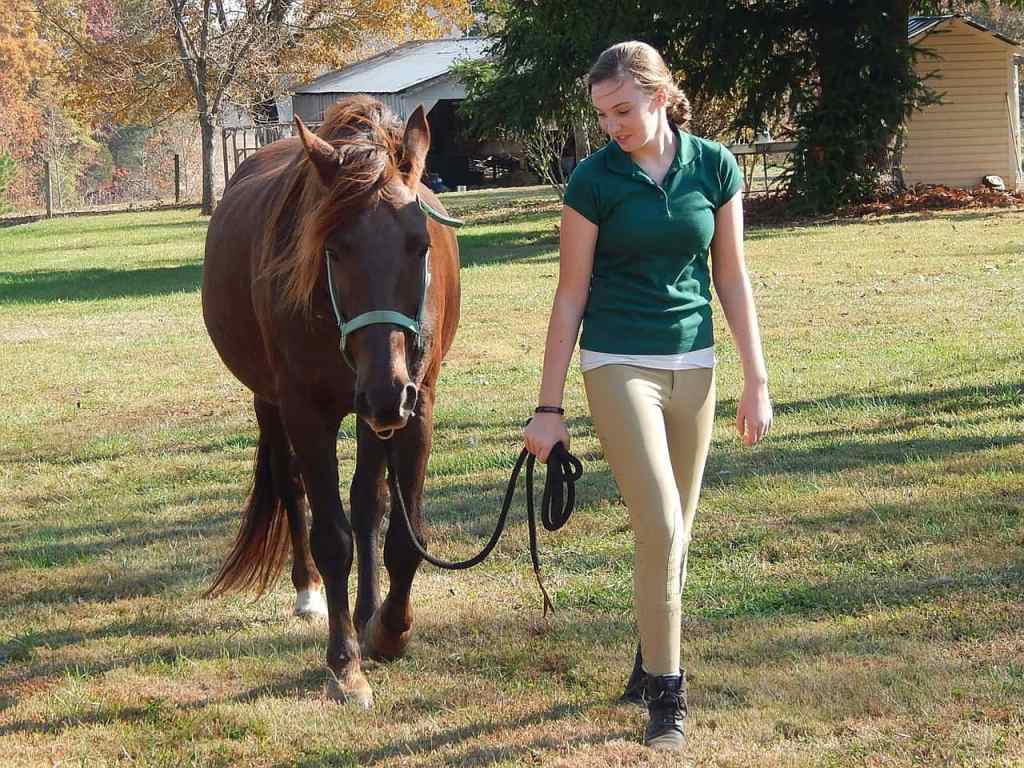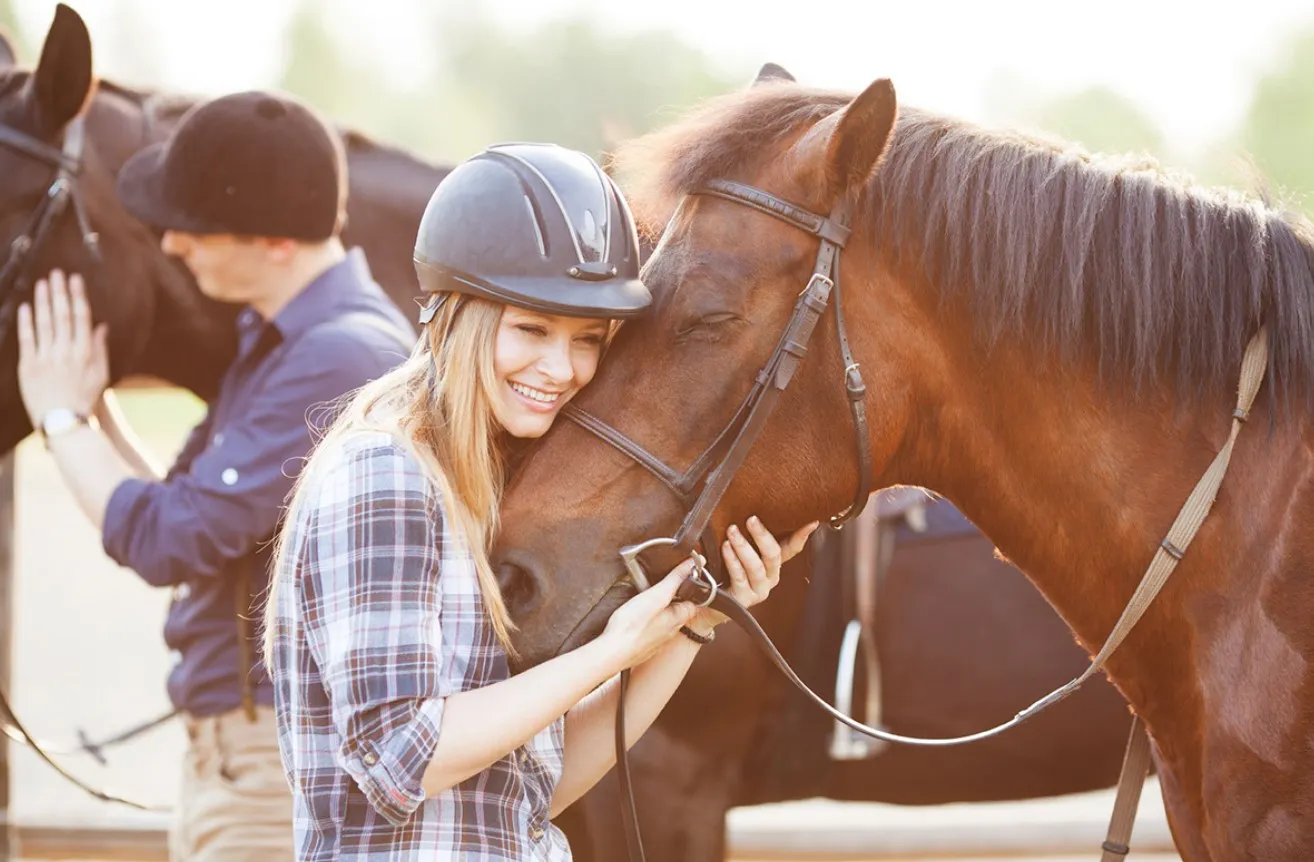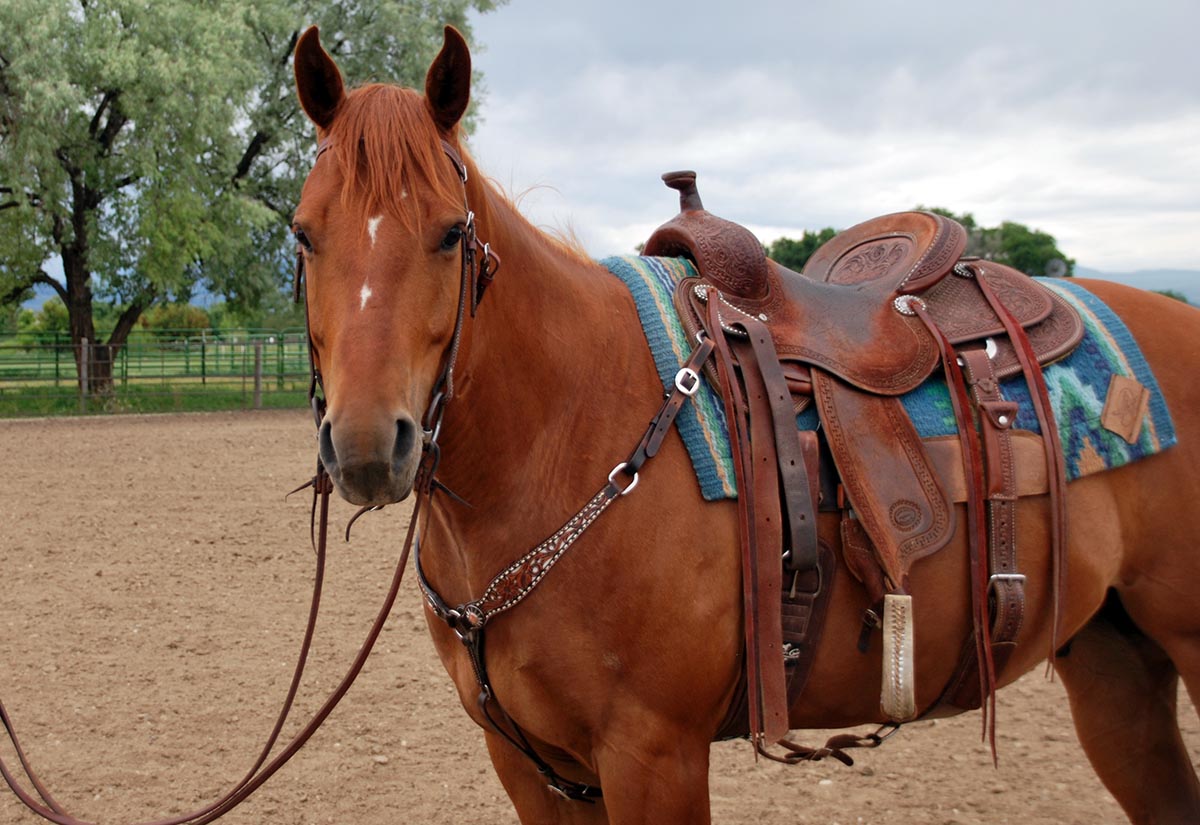Training a horse can be a rewarding experience, whether you are a seasoned equestrian or a beginner. Understanding the horse training tips can significantly enhance your experience and success in training your equine friend. In this article, we will explore essential horse training tips that cater to both novices and experts in the field.

Understanding Your Horse
Before diving into training, it’s crucial to understand your horse’s behavior and personality. Horses are naturally curious and social animals. They respond well to gentle, consistent communication. Building a strong bond with your horse can make the training process smoother and more enjoyable.
Building Trust and Respect
One of the first steps in horse training is establishing trust and respect. Spend time with your horse outside of training sessions to build a rapport. Simple activities like grooming, walking, or simply being present in the paddock can help establish a connection.
Setting Realistic Goals
Setting achievable goals is vital for any training regimen. Start with simple tasks and gradually increase the difficulty as your horse progresses. This approach prevents frustration and keeps both you and your horse motivated.
Consistency is Key
Consistency in training is essential. Horses thrive on routine and clear expectations. Ensure that your training sessions are regular and follow a similar structure. This consistency helps reinforce learning and builds confidence in your horse.
Understanding Horse Body Language
Learning to read your horse’s body language is a valuable skill. Horses communicate through subtle cues, such as ear positioning, tail movement, and posture. Being in tune with these signals allows you to adjust your approach and address any discomfort or stress your horse may be experiencing.
Recognizing Signs of Stress
Stress can impede progress in horse training. Recognizing signs like pinned ears, swishing tails, or a tense body can help you intervene before stress escalates. Providing breaks and reassurance during training sessions can alleviate stress and maintain a positive learning environment.
Using Positive Reinforcement
Positive reinforcement is a powerful tool in horse training. Rewarding your horse for good behavior with treats, praise, or scratches encourages them to repeat the desired actions. This method fosters a positive association with training tasks.
Avoiding Negative Reinforcement
While it may be tempting to use negative reinforcement, such as punishment, it often leads to fear and mistrust. Instead, focus on rewarding positive behavior and redirecting undesired actions to create a harmonious training environment.
Introducing New Equipment Gradually
When introducing new equipment, such as saddles or bridles, do so gradually. Allow your horse to inspect and become comfortable with the items before using them in training sessions. This approach reduces fear and resistance.
Ensuring Proper Fit
Ensuring that your horse’s equipment fits properly is crucial. Ill-fitting tack can cause discomfort and lead to behavioral issues. Regularly check the fit of your horse’s gear and make adjustments as needed.
Groundwork Basics
Groundwork is the foundation of horse training. Teaching your horse to lead, stop, and back up on the ground establishes respect and communication. These fundamental skills translate to under-saddle work.
Practicing Leading Exercises
Leading exercises teach your horse to follow your cues and move with you. Practice leading your horse through obstacles, over poles, and around cones to improve coordination and responsiveness.
Developing Riding Skills
Once groundwork is solid, you can progress to riding skills. Start with basic commands like walk, trot, and halt. Gradually introduce more complex maneuvers as your horse gains confidence and balance.
Maintaining Balance and Posture
Riding with proper balance and posture is essential for effective horse training. Ensure that you maintain a centered position and use your aids effectively to communicate with your horse.
Addressing Behavioral Issues
Behavioral issues, such as bucking or rearing, can arise during training. It’s important to address these challenges calmly and with understanding. Identifying the root cause of the behavior and addressing it with patience can lead to positive outcomes.
Seeking Professional Help
If you encounter persistent behavioral issues, seeking guidance from a professional trainer can be beneficial. They can provide insights and strategies to overcome challenges and improve your training approach.
Ensuring Safety in Training
Safety should always be a priority in horse training. Wear appropriate protective gear, such as helmets and gloves, and ensure that your training environment is free from hazards.
Creating a Safe Environment
Maintain a clutter-free training area to prevent accidents. Regularly inspect equipment for wear and tear and replace any damaged items promptly.
Progressing at Your Horse’s Pace
Every horse is unique, and progress will vary. Be patient and allow your horse to learn at their own pace. Rushing training can lead to frustration and setbacks.
Celebrating Small Wins
Celebrate each milestone in your horse’s training journey. Recognizing and rewarding small achievements builds confidence and reinforces positive behavior.
Understanding the Importance of Rest
Rest is a crucial component of horse training. Allow your horse time to rest and recover between training sessions. Overworking can lead to physical and mental fatigue.
Creating a Balanced Training Schedule
Design a balanced training schedule that includes rest days and varied activities. This approach keeps training engaging and prevents burnout.
Utilizing Resources and Support
Take advantage of resources and support networks available to you. Joining equestrian communities, attending clinics, and reading articles can provide valuable insights and inspiration.
Continuous Learning
Equestrianism is a lifelong journey of learning. Stay open to new techniques and approaches to enhance your horse training skills.
For more detailed guidance on training horses, consider visiting this resource.
Internal Links for Further Reading
To learn more about caring for your horse, check out these articles on horse shampoos, show preparation, and winter coats.

FAQs
What is the most important aspect of horse training?
The most important aspect is building a strong foundation of trust and respect between you and your horse. This relationship sets the stage for effective communication and successful training.
How often should I train my horse?
Consistency is key, so aim for regular training sessions, ideally several times a week. However, ensure that your horse also has rest days to prevent burnout.
Can I train my horse without professional help?
Yes, many horse owners successfully train their horses without professional help. However, seeking guidance from experienced trainers or resources can be beneficial, especially when facing challenges.
This article contains affiliate links. We may earn a commission at no extra cost to you.






